Is the Traditional Classroom Becoming Obsolete?
Ask a Tech Teacher
APRIL 28, 2025
Reports highlight that many students struggle with self-discipline in an online environment, leading to higher dropout rates compared to traditional settings. Moreover, issues like digital dividewhere not all students have equal access to technologyraise concerns about equity in education.

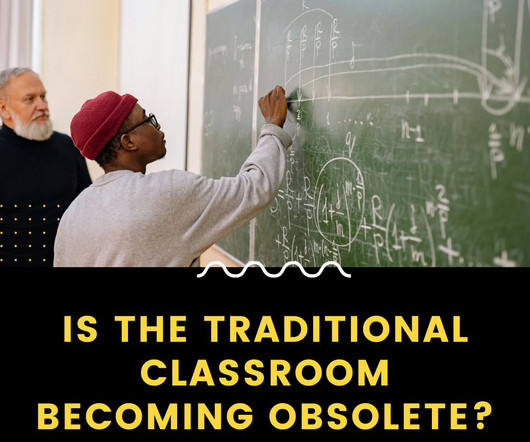

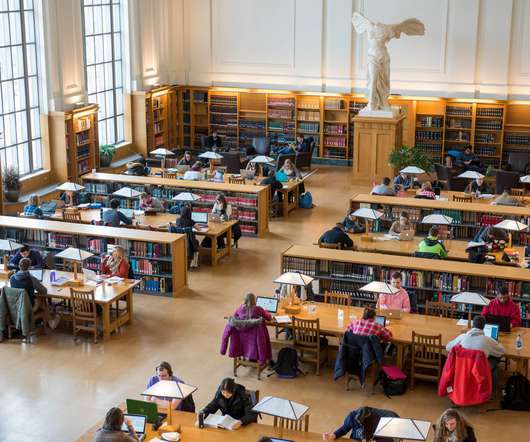
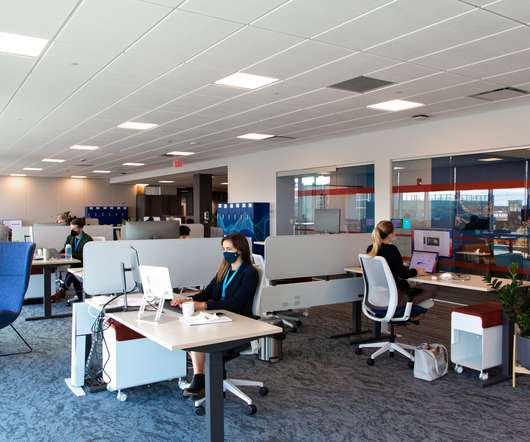
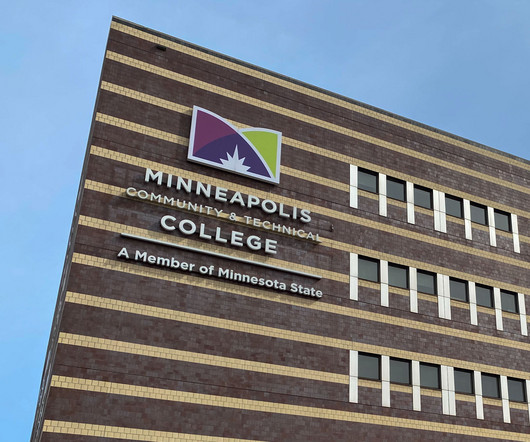


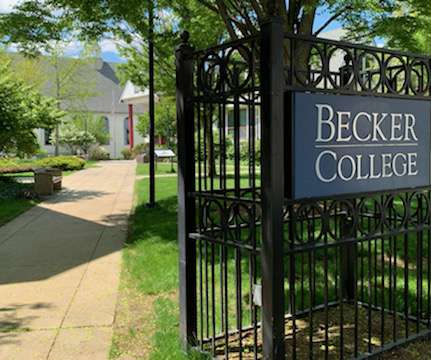












Let's personalize your content